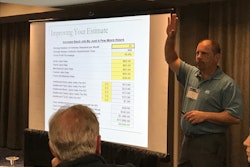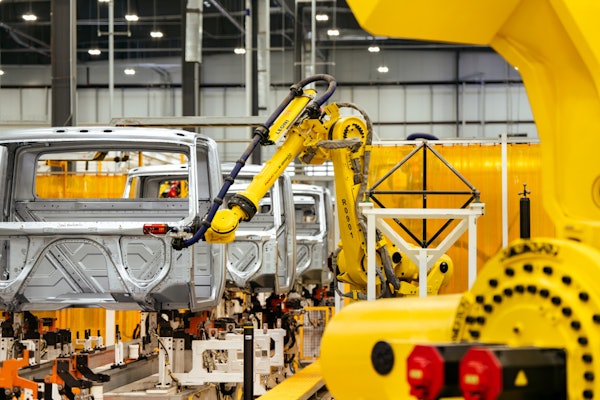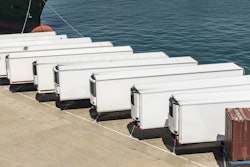Efficiently repairing a truck damaged in an accident is a plenty difficult task on its own, but when that work is coupled with parts availability issues, getting that truck back on the road can become nearly impossible.
During a panel discussion at Tuesday’s Heavy Duty Repair Forum in Fort Worth, Texas, representatives from all corners of the collision market shared their experiences and their woes on the industry’s current parts ordering process — and how they could be improved.
As a collision service provider, Mark Polzin, president, Budget Truck & Auto, says the biggest parts challenge he faces in his business is unquestionably information. Polzin says his parts associates and technicians regularly find themselves struggling to find adequate instruction from OEMs and component suppliers about the parts found on their trucks in their bays. Polzin says too often Budget Truck & Auto employees will order a component they believe — based on the information they have available — is required to complete a repair only to determine once the part arrives that they needed another component.
Gary Gumushian, vice president – global automotive center, Solera/Audatex, and Rohit Mathew, manager, Carlisle & Company, agree with Polzin. Solera/Autdatex and Carlisle & Company are both third-party operations supporting the collision industry and say their operations regularly struggle to acquire component information from the OEM channel. Gumushian particularly says his business is eager to add more component information to its platform but at this point has been unable to do so.
For what it’s worth, the OEM community is aware of these requests and are making more vehicle and part data available through their dealers to their end users.
Kevin Clary, product marketing manager, Daimler Trucks North America (DTNA), says DTNA’s ever-improving e-commerce platform used by its dealer channel also is now available to those dealers’ customers who are ordering parts online. Clary says the platform enables all dealer customers to sign on and view component specifications, availability (at the dealer and PDC level), prices and shipping information. Navistar’s T.J. O’Hanlon, director, private label brands, says his company’s system is similar. Introduced in the last calendar year, O’Hanlon says Navistar’s e-commerce portal is available to customers through dealers using the platform.
Both Clary and O’Hanlon say their company’s decisions to make their parts data available to customers can be directly linked back to Polzin’s problem. The OEM channel is aware of the inefficiencies found in the parts channel and believes these recent changes will reduce wait times and returns while increasing uptime.
Polzin says that’s a start but acknowledges ordering isn’t his only parts predicament. He also says his technicians are regularly faced with repairs that lack any formal instruction or best practices. This point was echoed by multiple collision center associates in audience.
“We are the ones doing the work, why can’t we have that information?” Polzin says.
These repair issues and the aforementioned parts ordering mistakes are both issues Gumushian and Mathew say could be reduced through VIN identification. The duo acknowledges the heavy truck market isn’t nearly as plug-and-play as its automotive brethren, but still believe efforts by the OEM community to provide more VIN-specific information would ultimately be valuable to their operations because of how much they would improve customer experiences.
Finally, Tuesday’s panel touched on the basic availability issues for collision repair components found throughout the heavy truck distribution channel. O’Hanlon and Clary agreed that finding quality suppliers capable of meeting their company’s performance standards and assembly line and aftermarket needs is a major challenge.
“With how hot the market is right now our suppliers are constrained,” says O’Hanlon. “Only so many manufacturers can meet our standards.”











